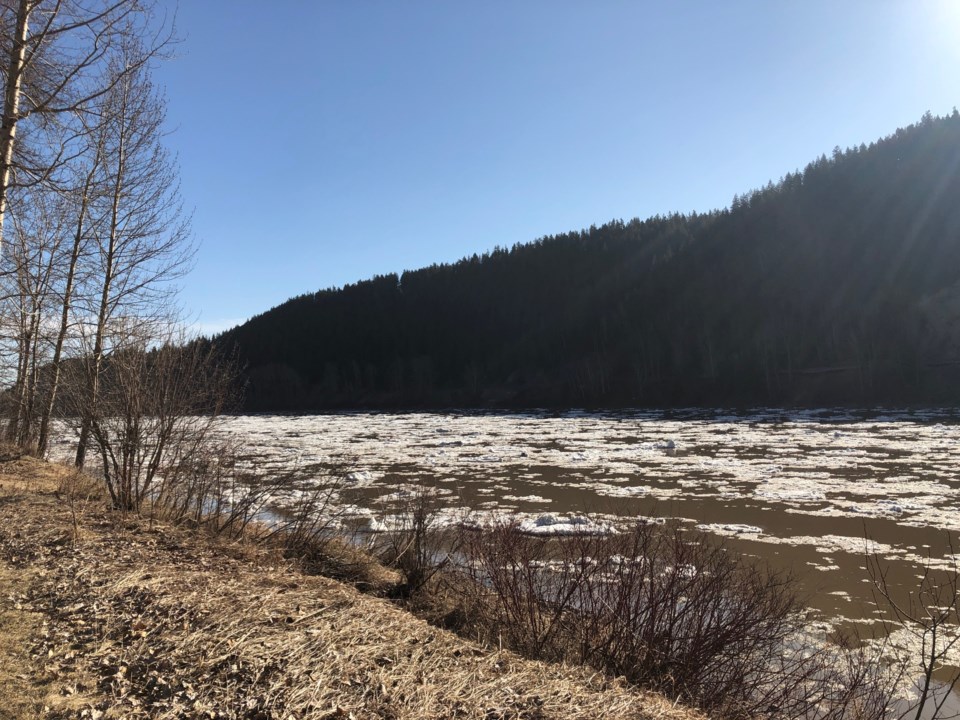B.C.'s River Forecast Centre currently has flood warnings in effect for several northern and interior rivers, including Nazko/West Road, Cache Creek and Cariboo-Chilcotin.
It is also maintaining flood watches on tributaries around Prince George, Quesnel, Williams Lake and Chilako as DriveBC also reported several floodings along roads today (April 21).
“Temperatures are on the rise and that means rivers, streams and groundwater are,” says Anita de Dreu, Emergency Services Coordinator with the Regional District of Fraser-Fort George (RDFFG), in a news release.
“Conditions can change rapidly so take time now to prepare your property, home and family in the event of flooding.”
The RDFFG says people living near a river or stream can take some precautions to reduce the risk associated with a flood:
- Prepare personal emergency supply kits for your home, car and work (plan for at least a three-day supply of food and water for each family member)
- Have a grab-and-go kit ready if you have to leave your home quickly
- Keep important papers in watertight containers and have a record of your valuables in a safe place
- If flooding is likely in your area, pay attention to the local media for information
- Watch for warning signs: increase in height and intensity of water flows, mudslides, debris in creeks, colour changes in water or leaning trees
- Banks of rivers and streams may be unstable and dangerous
- Keep a safe distance away from fast-flowing water, especially children
- Teach your children about flood safety
- Consider arrangements for your pets and livestock
- Ensure your civic address is clearly posted
- Make plans for emergency travel with a friend or neighbour if you don’t have a vehicle or access to one
de Dreu acknowledges that preparing for emergencies in the midst of a public health pandemic can add additional stresses.
“We understand that everyone is trying to manage with the reality of COVID-19 and the measures put in place to deal with that,” she says.
“Consider where you would go if you had to evacuate. If you have pets and livestock that need to be moved, what arrangements need to be considered now. Develop a plan that makes sense for you and your family.”
There are resources available on the regional district’s website to learn more about emergency preparedness and what to include in a 72-hour emergency kit.




